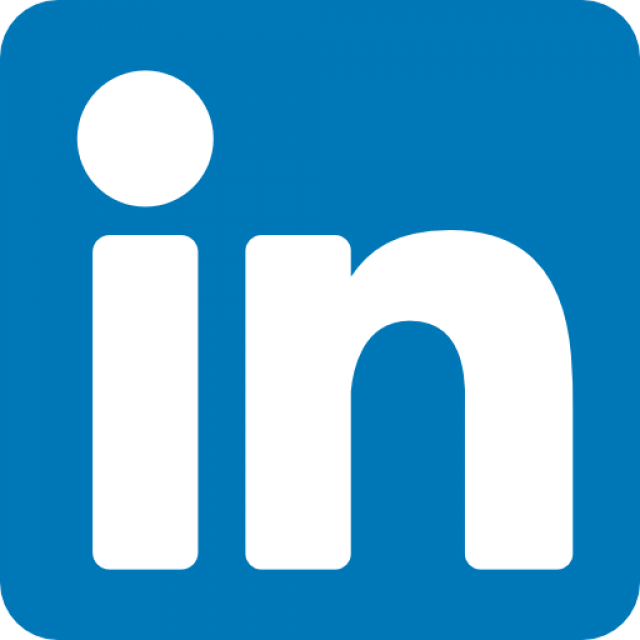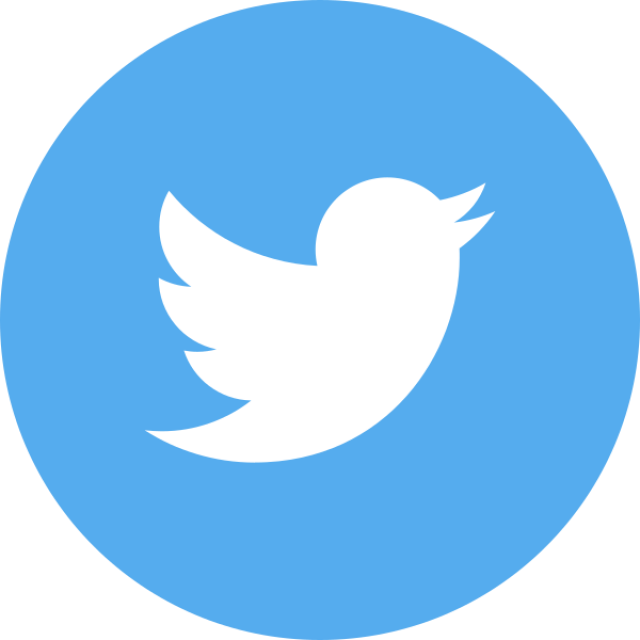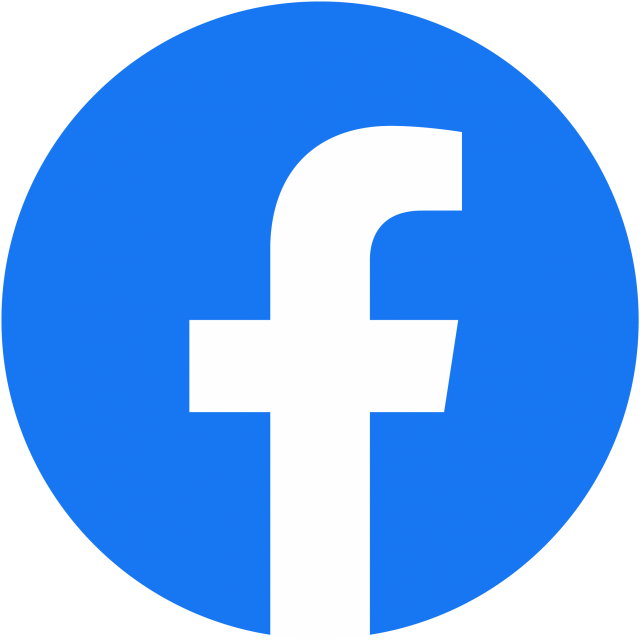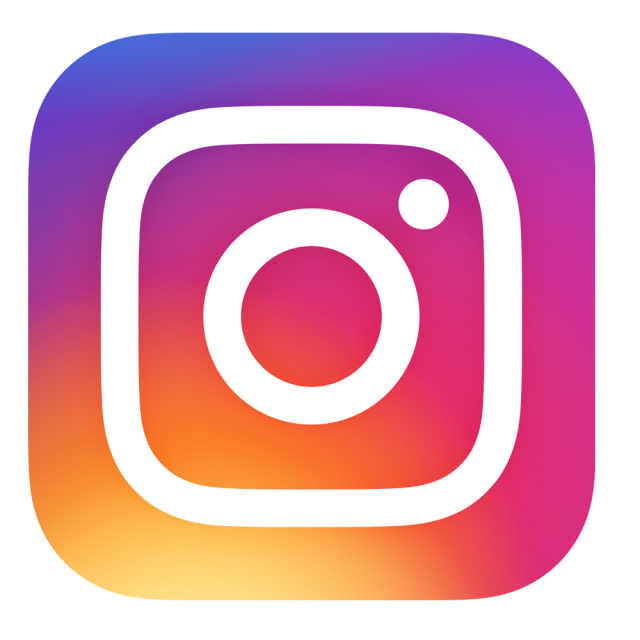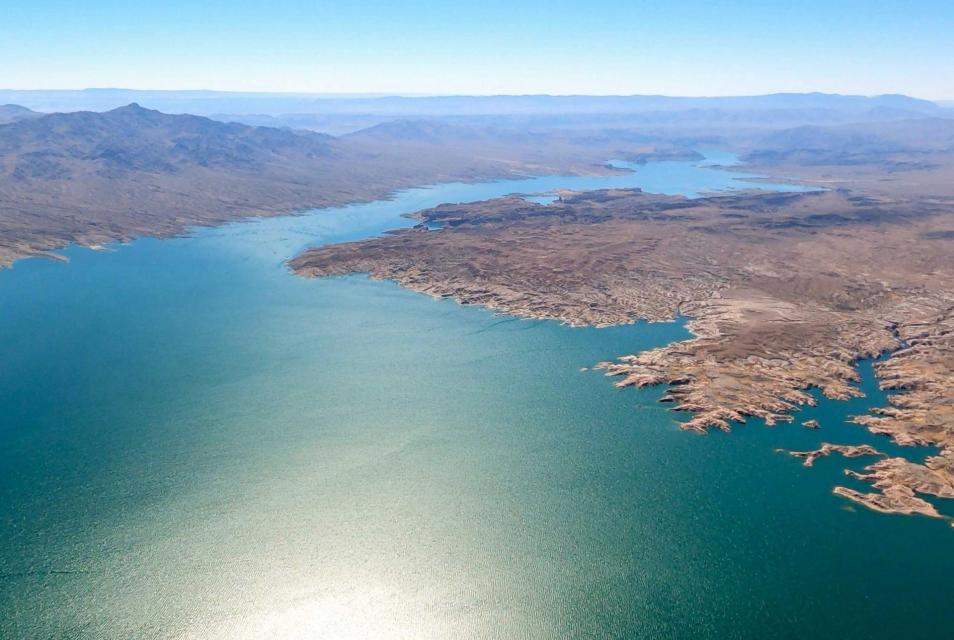Lake Mead
Lake Mead is the main reservoir formed by Hoover Dam on the border between Southern Nevada and northwestern Arizona.
Created in the 1930s as part of Hoover Dam [see also Elwood Mead], Lake Mead provides water storage in the Lower Basin of the Colorado River. The reservoir is designed to hold 28,945,000 acre-feet of water and at 248 square miles its capacity is the largest in United States.
Most of the water in Lake Mead is drawn from Rocky Mountain snowmelt and runoff. The water is drawn from a vast storage and distribution network, including Lake Powell on the Utah-Arizona border. Lake Powell serves a bank account for the Upper Basin states of Colorado, New Mexico, Utah and Wyoming, and helps regulate the required delivery of water to the Lower Basin states of Arizona, Nevada and California through Lake Mead.
However, one of the largest droughts on record in the region dating back to 2000 has lowered Lake Mead’s water level. The combined storage at Lake Powell and Lake Mead is expected to drop below 30 percent by late 2022 due to declining inflows of runoff. In addition, Lake Mead loses about 800,000 acre-feet of water annually through evaporation.
The water supply crunch in the Colorado River Basin has a ripple effect, including on recreation and on water allocation to Arizona, California and Nevada.
Due to the sharp decline of water storage in Lake Mead, the Bureau of Reclamation in August 2021 declared the first-ever shortage at the pivotal reservoir. Reclamation’s declaration triggered mandatory curtailments to water users in Arizona and Nevada. The impact has been felt chiefly by Arizona farmers reliant on Colorado River water delivered by the Central Arizona Project. Further declines in Lake Mead’s elevation would spur additional water cuts to users in Arizona, Nevada and California, as well as Mexico under binational agreements.
The Bureau of Reclamation oversees Lake Mead as well as Hoover Dam. The National Park Service oversees recreational activities as part of the Lake Mead National Recreation Area.
Lake Mead Agreements
In 2007, the Seven States Agreement established new guidelines for both Lake Powell and Lake Mead. The agreement includes rules to allow Arizona, California, and Nevada to store conserved water in Lake Mead.
In 2012, Minute 319 was signed between the United State and Mexico. Minute 319 established new rules for sharing Colorado River water. Under the 5-year agreement—one in a series of U.S.-Mexico Colorado River agreements dating back to 1944—Mexico may store some of its of Colorado River water in Lake Mead. However, if a water shortage is declared in the Lower Basin, less water is sent to Mexico.
In 2017, U.S. and Mexican representatives with the International Boundary and Water Commission signed Minute 323, which enables Mexico to continue to store its water in Lake Mead, helping to keep reservoir levels high enough to avoid triggering dramatic cuts to Colorado River water users.
In 2019, a Drought Contingency Plan was enacted for both the Lower and Upper Basin states. The Upper Basin plan centers on reduced water demand. In the Lower Basin, cities and farms in Arizona, California and Nevada agreed to scale back and take deeper cuts as Lake Mead reaches threshold elevations that trigger those cutbacks.
